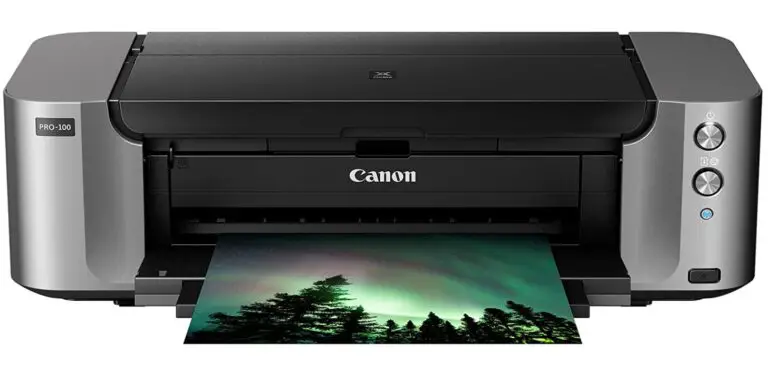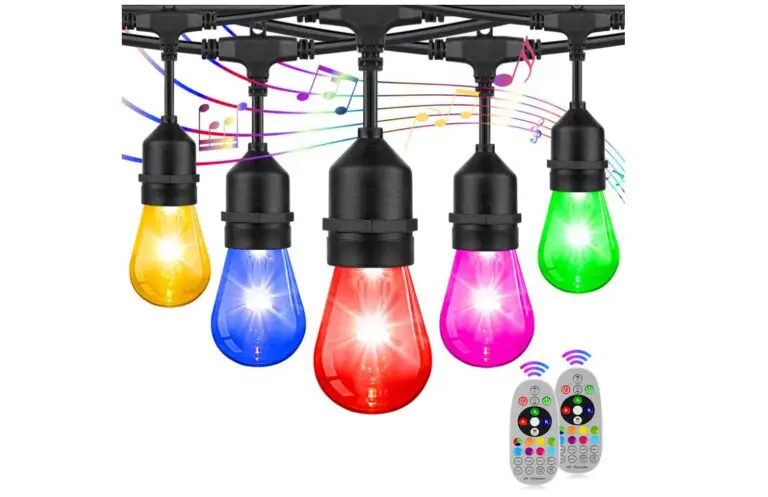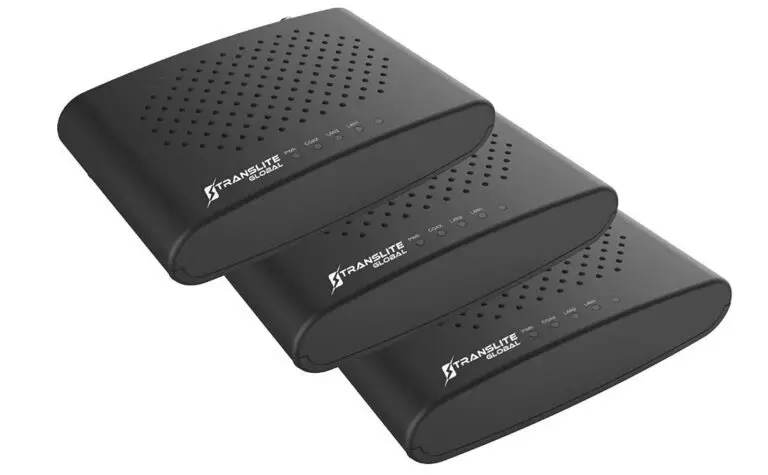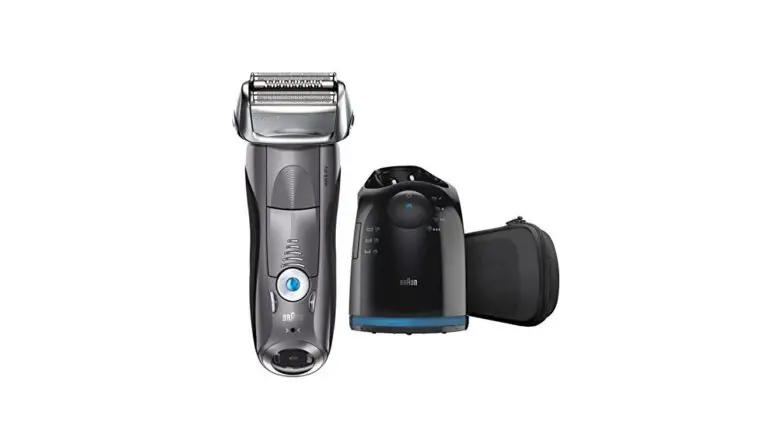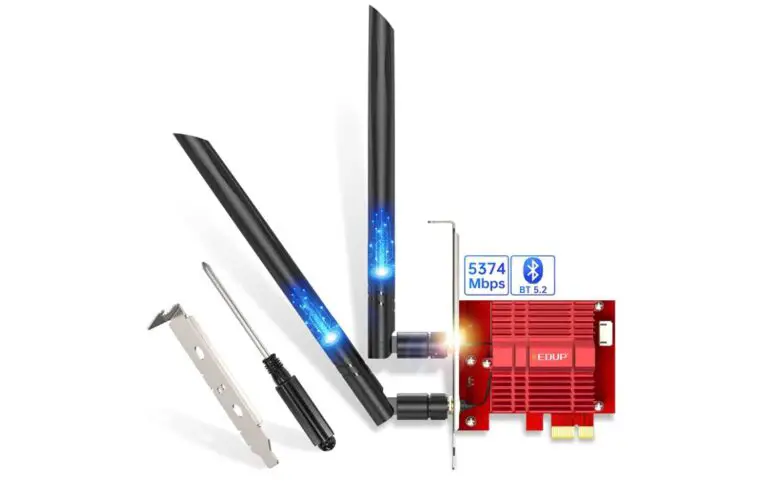Best RV Power Converter Reviews and Guide
Introduction
If you intend to live in a van full-time or even for a few weeks at a time, you’ve most likely already planned your solar setup to keep the battery bank charged. But what if the weather isn’t cooperating for days on end? For this, we have compiled a list of the best RV Power Converter in this article.
When the battery levels on the RV battery meter begin to plummet as the clouds stubbornly refuse to lift, it is important to be more aware of your electrical usage.
Charging the batteries while driving can help, but running the engine long enough to acquire a good charge is not always feasible.
The ability to recharge the battery bank from a power supply or electrical connection (EHU) is an excellent backup option.
You can spend time at a campground with hookups or recharge your batteries at home.
An RV power converter is a necessary electrical component in the connect-up installation for battery charging.
When planning an outing, it is critical to outfit your RV with various accessories/appliances. The RV’s electrical system is essential for powering various items. Because each appliance operates at a different voltage level, adequate power regulation is required. In such cases, RV power converters come into play.
RV power converters are electrical devices that convert a higher AC input voltage to a lower DC voltage.
This conversion is required since most camping power outlets operate at 120 to 240V, whereas the RV electrical circuit operates at 12V DC. Because these converters entail power conversion, several critical elements must be considered.
Power output:
The power output of a power converter is the most critical metric. The many pieces of equipment attached to the RV’s electrical system need varying amounts of power. Knowing the overall power requirements aids in the selection of a converter with a higher output. The power converters are typically chosen to have a higher power output than the RV’s total power requirement.
Type of converter:
There are various types of power converters available, each with its own operating principles. They can be chosen according to the type of RV appliances connected. To provide safer power output for small devices, multi-stage converters use equal stages of power conversion. Other models provide more power and portability.
Input voltage:
The amount of voltage required to run a power converter is determined by its input voltage. Different voltage outputs are available from the campground and domestic electrical outlets. As a result, when connected to a power outlet, the converter must be able to withstand these voltages.
Keeping these criteria in mind, you may purchase a good power converter for your RV. Several firms have introduced high-quality power converters with unrivaled performance. These alternatives are presented in-depth, along with their key specifications.
A “Buying Guide” is also discussed to clear up any confusion about the power converter.
Best RV Power Converter 2023


Powermax 60 Amp RV Power Converter


VEVOR 30 Amp RV Power Converter Charger


WFCO Arterra RV Power Converter


Progressive Dynamics RV Power Converter


Victron Blue Smart IP22


CTEK MXS10


PowerMax Pm3-55 RV Converter Charger


RV Power Converter 60 Amp Powermax
PowerMax is a brand that specializes in automotive battery charging solutions.
The brand’s excellent level of quality and performance in its products has aided its rise over the previous two decades.
The PowerMax PM3-60 RV Power Converter has three charging stages.
At the final stage, it can produce a maximum amperage of 60A.
The machine converts ordinary AC 110V to usable DC 12V for a variety of appliances.
It features a specific mode for maintaining a consistent power supply output.
When the converter is turned on, a cooling fan is added to control the temperature.
Furthermore, an over-temp feature is included to prevent the converter temperature from exceeding limits.
Being UL-CUL-approved provides safer functioning without electrocuting the user.


Charger for VEVOR 30 Amp RV Power Converter
Vevor, as a specialist in tools and equipment, provides a wide choice of high-quality items.
These durable items are built to last and are accessible on the market at reasonable prices.
The Vevor RV Power Converter is powered by an 85V to 120V alternating current supply.
This gadget can convert an input AC voltage of 110V to a DC voltage of 14.8V.
A maximum amperage of 30A provides constant power to the connected appliances.
With a maximum power output of 500 Watts, it is appropriate for medium-heavy appliances.
It provides steady power to the RV battery and helps to increase its overall life by using 3-stage charging.
This multi-stage charging allows the battery to be charged while also powering gadgets.
The cooling fan is installed in such a way that it circulates fresh air around hot elements to manage the temperature.


Arterra RV Power Converter by WFCO
Arterra is a part of the WFCO group that mostly develops RV-related products.
To produce high-quality items, the company has adopted new approaches.
It offers a diverse selection of transfer switches, converters, and power-related equipment.
The Arterra WF-8955 RV Power Converter has 3-stage charging that is automatic.
This aids in meeting the power requirements of various gadgets.
The gadget operates on a 105V to 130V AC power supply and has a DC output voltage of 13.6V.
The output voltage ranges from 13.2V to 14.4V, which allows for various charging options.
The converter has an output amperage rating of up to 55A.
The converter can deliver a maximum power of 950 Watts, ensuring power supply to medium-heavy appliances.
The lightweight design and few mounting components make it easy to install at any place.


RV Power Converter by Progressive Dynamics
Progressive Dynamics Inc. provides RV power and battery solutions.
This brand’s products are thoroughly tested before they are released into the market.
As a result, the items have a high level of durability and performance.
The Progressive Dynamics PD4645 Intel Power 4600 Series RV Converter is a cutting-edge piece of equipment.
It has a built-in 4-stage “charge wizard” technology that charges the RV batteries in such a way that it lasts longer.
The machine can convert 110V AC power from a regular socket to 12V DC power, which is ideal for a variety of applications.
The converter has a 45A amperage rating, allowing for maximum current supply.
The converter is simple to install, decreasing overall setup time.
A cooling fan is added to circulate cool air around the converter’s hot component.


Victron Energy is a Dutch firm that specializes in the production of power conversion equipment.
They’ve become well-known around the world for providing dependable off-grid battery inverters/chargers.
Victron Energy’s products are used in a variety of applications, including automobiles, RVs, and boats.
The company’s goods are well-known for their dependability, durability, great customer service, and high quality.
Victron devices are also backed by a comprehensive warranty.
The Victron Blue Smart IP22 Charger has three output ports and a 30A rating.
It also includes Bluetooth tracking, allowing you to keep track of your charging state no matter where you are.
You can change the charging parameters to suit your RV batteries.
When combined with high-quality batteries like Battleborn, this is a fantastic feature because it suggests settings.


The CTek MXS 10 charger is a dependable and long-lasting charger that can handle most scenarios.
This 8-step charger is ideal for charging 12V batteries ranging from 20 to 200 Ah, as well as maintenance charging up to 300 Ah.
This battery charger is well known for reviving nearly dead batteries.
The CTek MXS 10 also has an analysis cycle that evaluates the battery’s ability to hold a charge and alerts you if it is nearing the end of its life.
It includes a winter programmer and an AGM option to extend the life of most RV batteries.
In addition, the CTek MXS 10 incorporates a temperature sensor for optimum charging and can be utilized as a power supply source for 12V devices.


PowerMax is a well-known brand in the United States.
One of their most popular models is the PowerMax PM3-55 Power Supply Converter.
It is simple to install, included mounting brackets, and converts alternating current to direct current electricity to charge a battery or power 12V devices.
110v units are in size from 15 amps to 120 amps, while 220v units are available in 55 and 75 amps.
It includes three charging stages, LED indicators, and temperature control.
PowerMax states that the cooling fan is silent, yet some reviews indicate that it can be noisy.
The PowerMax Pm3-55 is an excellent choice for a dependable RV converter.
It has three-stage charging and fixed single-output modes, ensuring that your battery receives a steady charge every time.
It also incorporates reverse polarity, overload, and temperature protection, so you can be assured that your investment is safe.
Overall, the PowerMax PM3-55 Power Supply Converter Charger is a great option for anyone looking for a simple-to-install, dependable charger.
Buying Guide for the Best RV Power Converters
The power converter is an important device for your RV’s electrical system. It promotes safer running of the connected devices by converting the electrical grid’s higher voltage into a lower voltage. We have already discussed various power converters from different brands along with their specification. These specifications play an important role when selecting a power converter. To clear any confusion regarding these specifications, we advise you to go through this buying guide.
Power Output
The appliances that are connected to the RV’s electrical circuit use varying amounts of power. The overall power requirements of the appliances must be less than the power converter’s maximum output.
Installing a low-power output converter may overload and perhaps destroy the converter. To avoid overloading, a converter with 15 to 20% more power output than the gross power needed is chosen. The converter must be capable of producing an efficient power output while converting energy without loss.
Type Of Converter
An RV contains both heavy electrical appliances like air conditioning and refrigerators, as well as light electrical appliances such as smartphone chargers, lamps, and so on. As a result, several types of converters are developed with specific purposes in mind. To provide lower voltage output for compact devices, multistage converters go through numerous steps of power conversion.
A high-output converter, similarly, may give larger power output without overloading. They are appropriate for heavy-duty applications. Deck-mounted converters are a portable alternative that can be put anywhere the user desires.
Input Voltage
As previously stated, the power converter must convert the electrical grid voltage to the battery voltage of the RV. As a result, the input voltage to a power converter must be within its permitted range. In a single or three-phase design, the power converters accept AC or DC voltage.
The standard electrical voltage supply range is 120V to 240V. The input voltage level varies depending on the power converter model. A power converter will not function if the provided voltage is less than the specified amount.
Size
When it comes to choosing a power converter, size is always the most overlooked element. The converters cannot be mounted or stored in the RV due to space constraints. A large converter will take up a lot of room and may not fit in the RV. A small and compact power converter, on the other hand, saves space and may be put anywhere. The size must be chosen without sacrificing power output.
RV Power Converter Charger vs. Battery Charger | What’s the Difference?
Every car has a starter battery, however, these are not the same as deep cycle or leisure batteries.
Assume your camper’s starter battery is dead. In that scenario, remove it and connect it to a regular vehicle battery charger.
They’re ideal for use at home or in the garage, but not so much for use in an RV or camper.
They’re frequently intended to be portable; we want a component that we can install and forget about, taking up as little space as feasible in a camper.
This component is known as a campervan battery charger in Europe. In the United States, we refer to it as an RV power converter or converter charger.
They’re the same thing, and the names are used interchangeably depending on whose side of the Atlantic you’re on.
What Does A Converter Do In An RV?
In layman’s terms, a power converter converts alternating electricity to direct current (DC). However, why would you?
Only DC power can be used to charge a battery bank.
To top up the batteries, the primary AC supply must be switched to take advantage of a shore connection up at a campsite or house.
There are some RV owners that have DC equipment but no battery bank. However, DC appliances cannot be powered directly by an AC power supply.
The mains voltage must first be stepped down and converted from 110v or 240v AC to 12v DC.
Some 12v appliances already have a converter built in.
LED lights are a fantastic example of a cable with a transformer pre-installed so that they may be linked to your home’s main circuit. Before reaching the lamps, the transformer transforms the alternating current into the direct current.
The same is true for laptop computers. They have a transformer box between the end that is plugged into the main power source and the end that is plugged into the device. That box is converting the alternating current source to direct current.
However, most other DC appliances require a DC power supply to function.
A converter is already fitted in certain RVs. However, if your camper is not one of them, the in-built converter has failed, or you are constructing a camper conversion, you can purchase a separate converter charger.
Why Do I Need A Converter In My RV?
If you don’t have a battery bank in your camper and merely have domestic appliances, you don’t need a converter.
All of the appliances will be powered by the campground’s power source.
A power converter or campervan battery charger is needed if you have a battery bank and wish to recharge it from the main supply.
They are an excellent addition to the battery charging system of a camper.
When connected, some people use the power converter to power their DC appliances.
While the converter allows for this, we recommend:
- If you have a battery bank, connect the DC appliances to the battery rather than the converter.
- Then you can use them to charge the battery while hooked up, use them off the grid, and get away with a smaller converter.
- If you don’t have a battery bank, whenever possible, use AC appliances instead of DC equivalents.
- They’re also less expensive, and you won’t need to purchase a converter.
- You can’t use anything off-grid without a battery bank, thus this isn’t really an issue.
- Keep the number of DC appliances to a minimum if you don’t have a battery bank.
- Fuse blocks and switches must be installed between the converter and each appliance.
FAQs
Can you choose any power converter for your RV?
The power requirements must be considered while selecting a power converter. Because the converters have varied amperage ratings, they can manage varying quantities of electricity at the same time. Along with this, battery compatibility and size are important considerations when selecting the correct power converter for your RV.
Are power converters suitable for charging RV batteries?
RV power converters are specifically intended to convert greater voltage levels to battery voltage levels.
As a result, the converters enable safe battery charging without overloading. The charging speed, on the other hand, is determined by the load that a converter must endure while connected to a battery. Faster charging results from lower loads.
Why does higher amperage matter?
The amperage rating of a power converter aids in determining the device’s electrical flow rate. A converter with a higher amperage rating can deliver more electricity and thus more power to the connected devices.
What voltage input will be good for an RV power converter?
A campsite’s or residential area’s electrical system carries a normal 110V to 240V electric current. As a result, the power converter is built to accept this voltage range as input. Voltage inputs of 440V and higher can also be supported by higher-capacity converters.
Conclusion
Power converters, being a key component of the RV’s electrical circuit, assist in supplying a proper electric current. These gadgets become necessary for the safe operation of your RV’s appliances. A complete list of such converters, together with their technical specifications, is provided above. A purchasing guide and other typical FAQs were also discussed to avoid any confusion.

